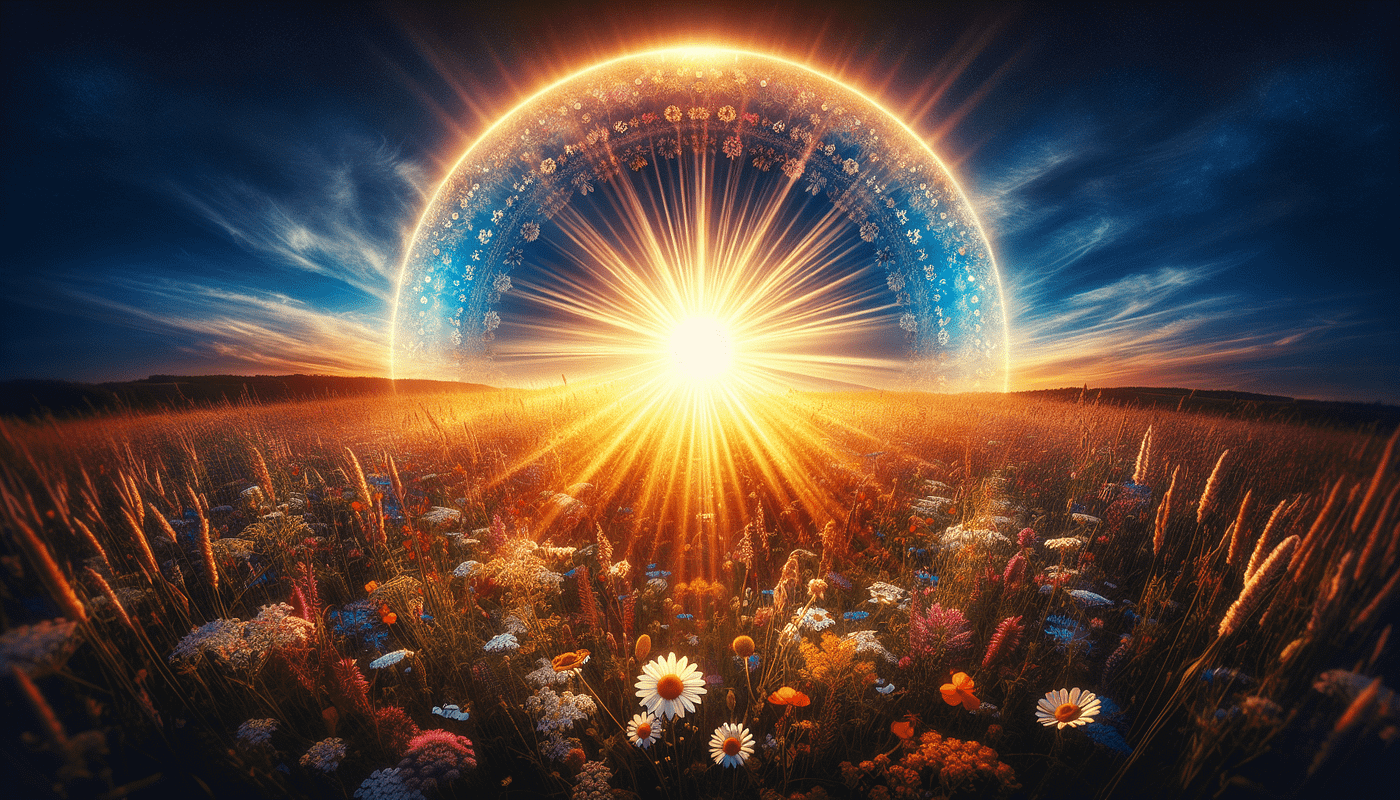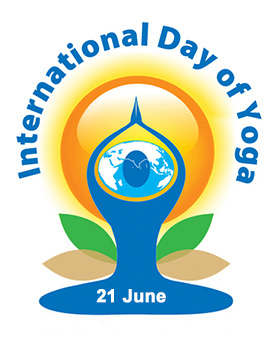The International Day of the Celebration of the Solstice, observed annually on June 21st, honors the profound significance of the solstices in human history and culture. This day, marking the longest day in the Northern Hemisphere and the shortest in the Southern Hemisphere, invites us to reflect on our connection with nature, the changing seasons, and the timeless rhythms that shape our existence.
The Science of the Solstice:
The solstice occurs when the Earth’s axial tilt is at its maximum toward or away from the Sun, resulting in the longest or shortest day of the year. The summer solstice, celebrated on June 21st in the Northern Hemisphere, brings the longest day and the promise of warmth and growth. Conversely, the winter solstice marks the shortest day, a time of introspection and renewal.
Historical and Cultural Significance:
For millennia, cultures around the world have revered the solstices, weaving them into their spiritual, agricultural, and social traditions. Ancient civilizations such as the Egyptians, Mayans, and Druids built monuments like Stonehenge and the pyramids, aligning them with the solstices to mark these pivotal moments in the solar cycle. Festivals, rituals, and ceremonies have celebrated the solstices, recognizing their importance in ensuring successful harvests and connecting communities.
Modern Celebrations:
Today, the solstices continue to inspire celebrations that blend ancient customs with contemporary practices. In Sweden, Midsummer is a vibrant festival marked by dancing around maypoles, feasting, and enjoying the beauty of nature. In India, International Yoga Day coincides with the solstice, highlighting the harmony between physical well-being and the natural world. Around the globe, people gather to witness the sunrise or sunset, participate in bonfires, and embrace the solstice’s themes of renewal and balance.
Connection to Nature:
The solstices serve as powerful reminders of our deep connection to the Earth’s natural cycles. They encourage us to pause, reflect, and appreciate the changing seasons that shape our environment and our lives. Celebrating the solstice fosters a sense of unity with nature, reminding us of our responsibility to protect and preserve the planet for future generations.
Spiritual Reflection:
Beyond their physical and cultural significance, the solstices invite spiritual reflection. The summer solstice, with its abundant daylight, symbolizes growth, vitality, and the triumph of light over darkness. It is a time to set intentions, embrace new beginnings, and celebrate life’s fullness. The winter solstice, on the other hand, represents introspection, the return of light, and the promise of renewal. It encourages us to find strength in stillness and to prepare for the growth that comes with the return of the sun.
Promoting Global Unity:
The International Day of the Celebration of the Solstice transcends cultural and geographical boundaries, promoting a sense of global unity. It reminds us that, despite our differences, we all share the same sky and are subject to the same natural laws. By coming together to honor the solstice, we strengthen our bonds as a global community, united in our reverence for the Earth’s rhythms and our shared humanity.
The International Day of the Celebration of the Solstice is a time to honor the ancient traditions that have guided humanity for centuries and to reconnect with the natural world. As we celebrate this day, let us embrace the themes of renewal, balance, and unity that the solstice embodies. By recognizing our place within the Earth’s cycles, we can cultivate a deeper appreciation for the planet and our role in its stewardship. Whether through communal gatherings, personal reflection, or acts of environmental consciousness, celebrating the solstice enriches our lives and strengthens our connection to the world around us.








